We’re excited to introduce you to the always interesting and insightful Jordan Fraker. We hope you’ll enjoy our conversation with Jordan below.
Hi Jordan, thanks for joining us today. What do you think matters most in terms of achieving success?
As clichéd as it may be, a desire to succeed coincides with a threshold for pain and failure. But, hindsight is 20/20. What may seem unbearable today may pale in comparison to the troubles of tomorrow.
Life is full of pain, and life is full of immense beauty and joy. No two people could ever possibly feel the same, about anything at all, yet they could still agree on these truths. So, if you want something bad enough, your perspective on the matter should be that the pain of failure hurts less than the joy of the triumph of victory.
Not victory over someone else, but victory against the odds, against your previous self. Victory against doubt.
Obviously, success in business relates to smart money moves, a knowledge and understanding of your industry. But I know plenty of people that have this savvy, that are merely afraid of the repercussions of a wrong move.
I’m currently experiencing a sensation of relief in not pursuing an avenue that I once believed to be the epitome of success. Wrong moves be damned: sometimes you unwittingly fail forward. Success, in that regard, is identifying when that happens, so that you may never make that mistake of negative progression.
All in all, success will always come down to experience and/or luck. It’s possible to become successful without experience, and it’s possible to become successful without luck. But it’s impossible to successful with neither. With that said, you better get cracking… because there’s a long road ahead of you towards “experienced”.

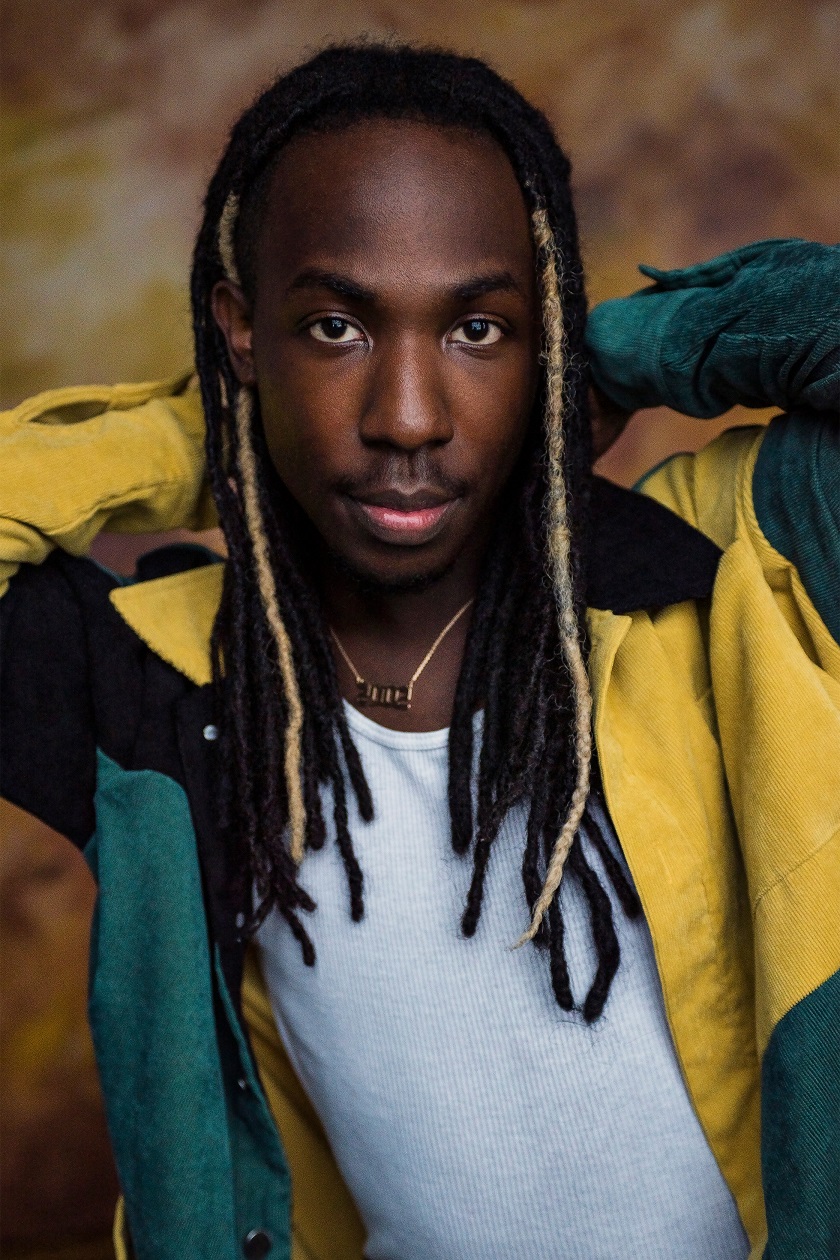
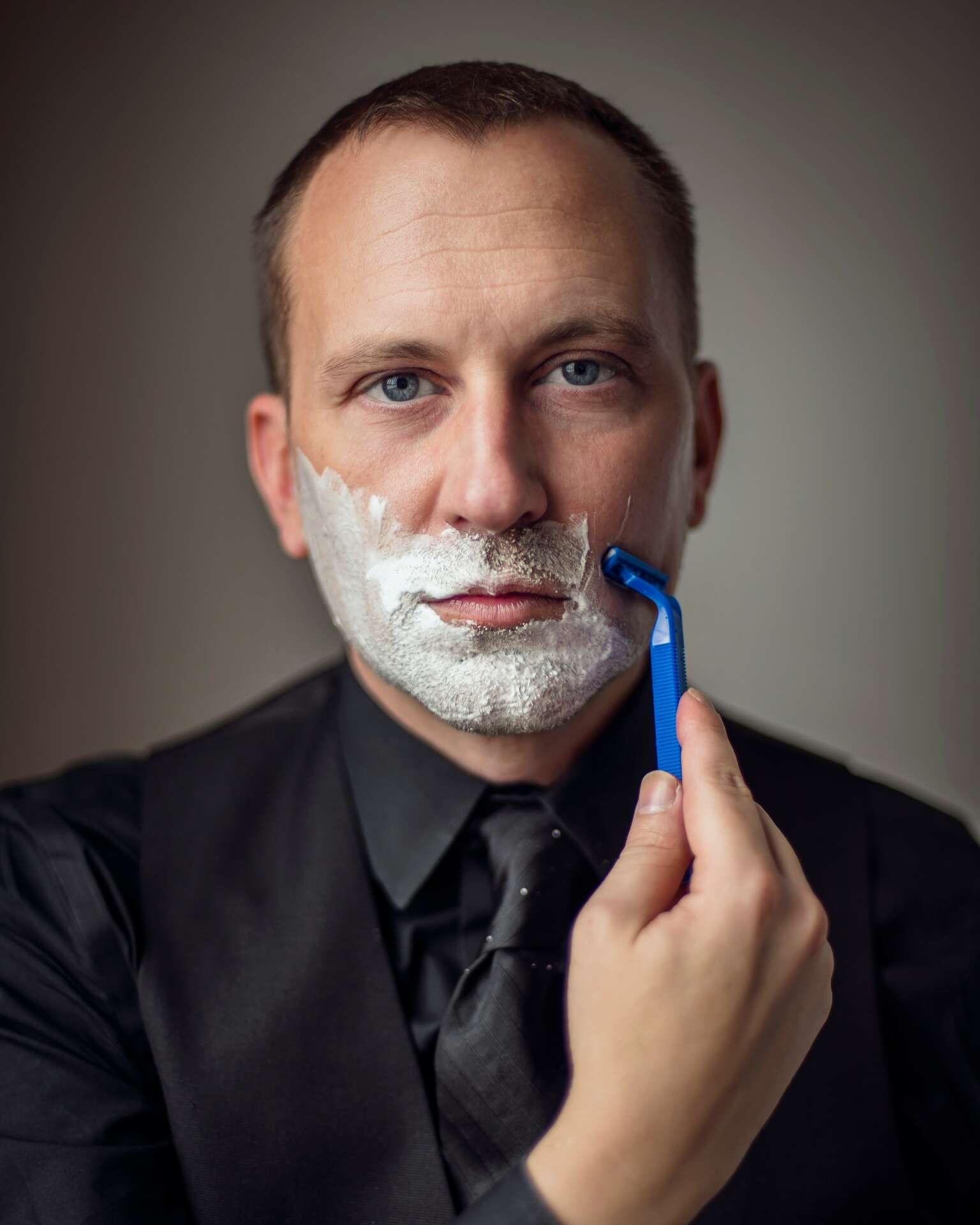
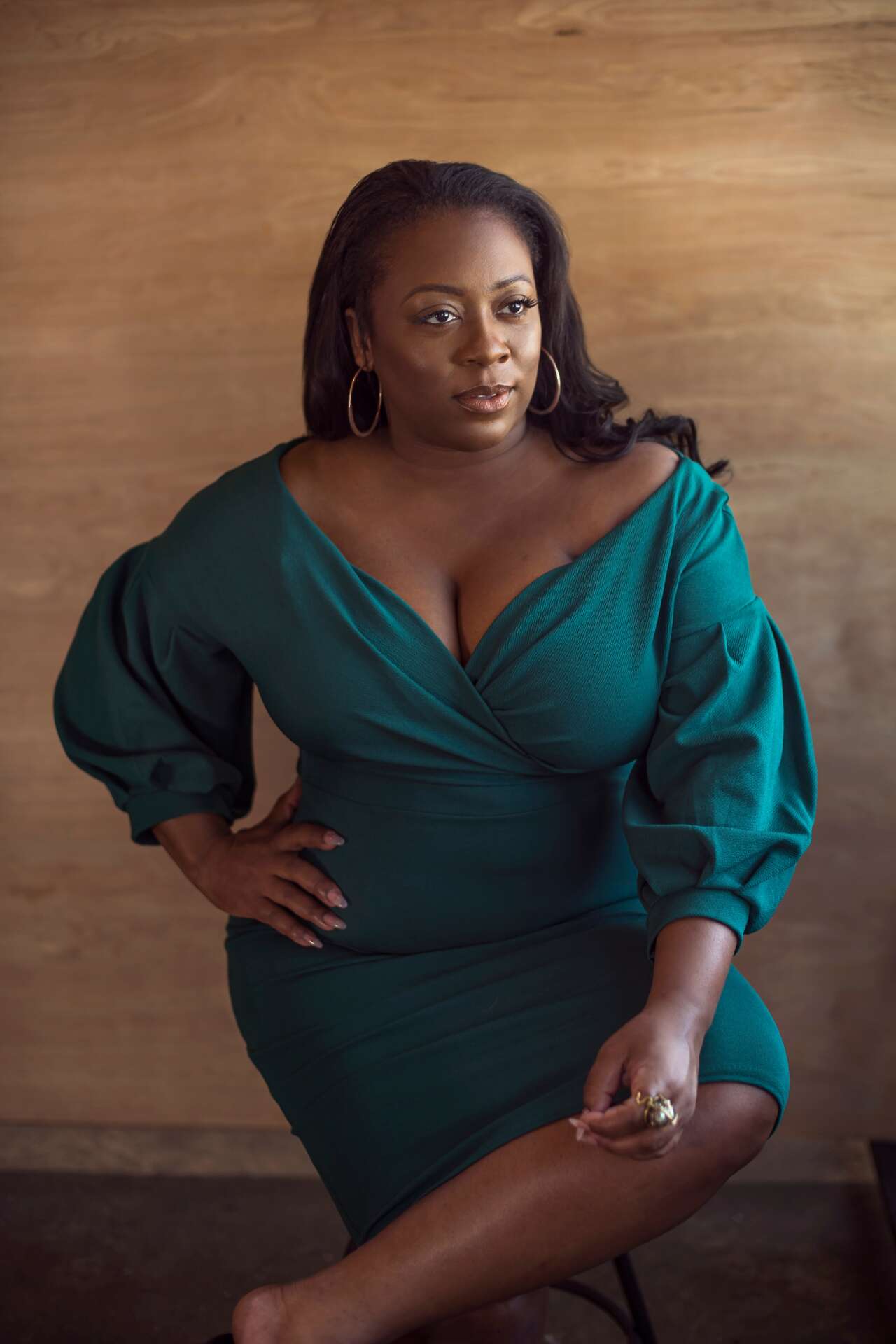
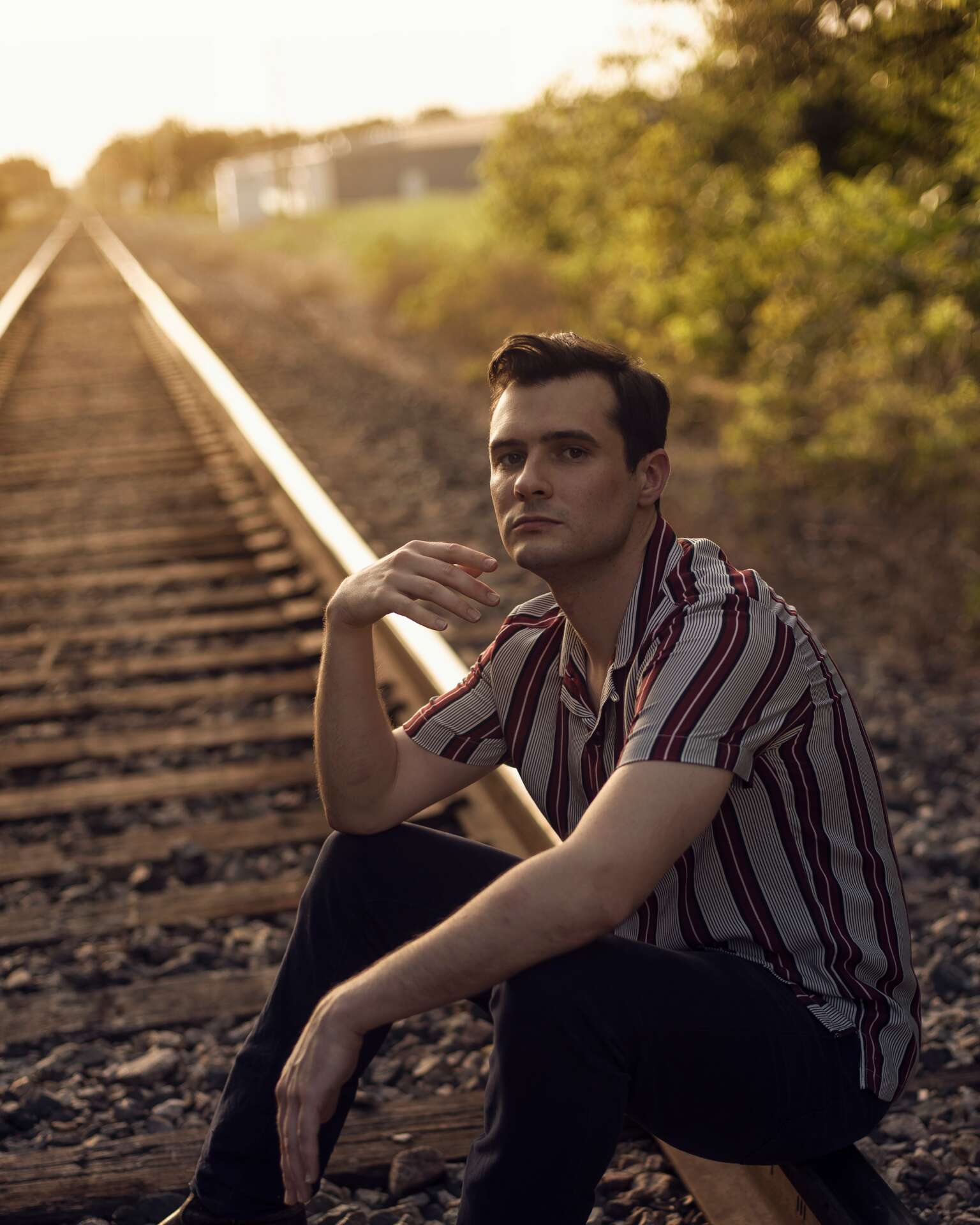
Jordan, before we move on to more of these sorts of questions, can you take some time to bring our readers up to speed on you and what you do?
My name is Jordan Fraker, I’m a commercial portrait photographer, based in Dallas, TX. I earned my Bachelors in Fine Arts in Photography from The San Francisco Art Institute (not to be confused with the similarly named “Art Institute of San Francisco”). I have been photographing for 22 years, and have been a full time professional for 17 years. I have a studio by Fair Park, am a member of DPPA and PPA, and recently became incorporated (finally!)
As a portrait photographer, I specialize in photographs of people, of course. But, I do not do family sessions or weddings. I take photos of people that will be used to advertise or promote something. Many times, they’re actors, needing headshots to submit for auditions. Sometimes, they’re PR photos for a businessperson of some sort. Other times, they’re ads for a company or campaign.
Our industry is full of faces. The nature of this beast is that photographers LOVE to brag, show off their work, gather an audience, and compile a loyal client-base. This not an industry that lends itself to humble individuals. The ones of us that let the work speak for itself, and that know how to develop a voice with their work at all, are the ones I admire and lean most towards. I, too, like to conduct my business and photoworks in this manner. I am not a showy guy ( unless I’m doing some karaoke).
With 22 years of experience, and 10s of thousands of clients under my belt, I set myself apart in one key way: client relations. I’ve heard it all, I’ve seen it all, I’ve shot it all. I know how to speak to clients, how to ask questions to help them open up about what they truly want or need. I know how to listen to client feedback, how to handle issues and project roadblocks.
The hip thing, these days, is to take the backdoor into ones industry. “Paying dues is for suckers and boomers”. While I think that is somewhat true, what with social media and the ever changing tele-communicational ecosystem, there is something to be said for experience. This is especially true with regards to experience with client relations and the craft of photography. Greener photographers perhaps could be “too dumb to fail”, or “too young to care” about any sort of photo industry rules. But, you gotta know the rules before you break em. Rules aren’t piñatas: just because you broke it, doesn’t mean there’s candy inside.
Sometimes, it’s best to just be good at what you do, and not worry so much about how you got there, how long it took, and how you look doing it. In essence, I try to run my business in this way. Slow and steady wins the race.
What’s a lesson you had to unlearn and what’s the backstory?
While I’m certainly privileged and happy to have received an art degree, it was not a cake walk. My time in art school was rife with politics. I found that most of my teachers had a bit of a chip on their shoulder. All of the professors at my school were also full time fine artists. They showed their work in galleries and museums, in magazines, and they shot ad campaigns. They already had long careers, already thriving in the industry that we were desperately learning about and hoping to break into. It seemed to me that they treated us students a bit as competition. We were the future…. but to the professors, we were too naive, too apathetic, not hard working enough, too superficial. Of course, this was not the case with all of my professors. I had two that were extremely supportive. They kept me sane while I was there.
Once I had received my degree in 2005, I’d found myself jaded and lost. I didn’t know where to go, what to do, how to be a photographer. It didn’t help that the whole industry was switching to digital around this time. I’d spent all my schooling in the darkroom, never once even entertaining the idea that professional photographers would all make a large and decisive switch away from conventional film photography.
At the beginning of 2006, I struck career gold. I was offered an in-house photographer position for a small start up in San Francisco. It involved travel (!), and the business model for the company seemed like a perfect no-brainer: they created language learning courses, much like Rosetta Stone. They were going to pay me to go to various countries to photograph whatever I wanted. It was a dream come true. But, I had to be able to send dailies. I needed to switch to digital.
It may seem like it would be easy, but this was one of the hardest things I’ve ever had to do. There were so many habits, so many idiosyncratic tendencies I had to alter, in order to convert to digital. The shooting and the camera were one thing, and then there was the computer. I had no idea how to process a photograph. I had no idea how to navigate Photoshop. I simply didn’t speak the language.
Over the course of 4 months, before my first trip with this company ( I went to Mexico for 6 weeks ), I learned everything I could about my camera and how to digitally process images. The trip went well, I had a blast, and I shot like I’d never shot before! So many images, and all stored on a small memory card! But, the dream came to an end when the company went under, and I was left without a job. I moved back home to Dallas shortly after that, because my prospects were low at the time and I was running out of money.
I never got good at it until I started shooting portraits in 2008 for a small studio in McKinney, TX. That’s when I truly began to unlearn my habits as a film shooter, and finally embraced my switch to digital. Still, to this day, I learn everything I can about how to process images. The industry has advanced so tremendously in the past 10 years, and so has the software. So many things are now automated. But, there is still style at play, finesse and character that can be seen in the way people process images. Individual style comes out. This was something that film photographers could have with the way they printed. It took me a long time to learn this and embrace this. You can’t just throw a filter on a photo and call it a day. You have to see it done in your head before you even work on it. You have to have a vision and a process. It’s taken me 17 years to get here, and it was worth it.
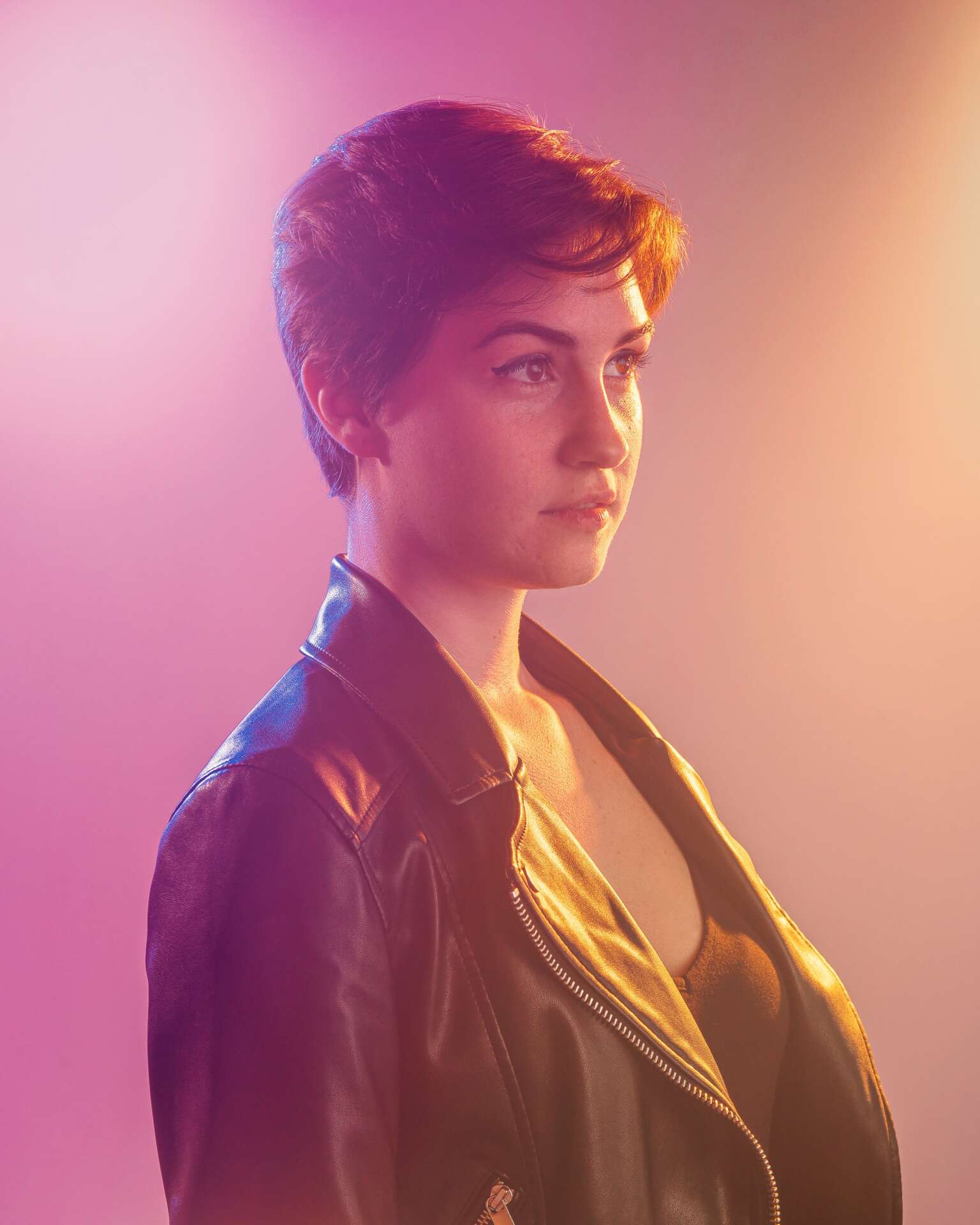

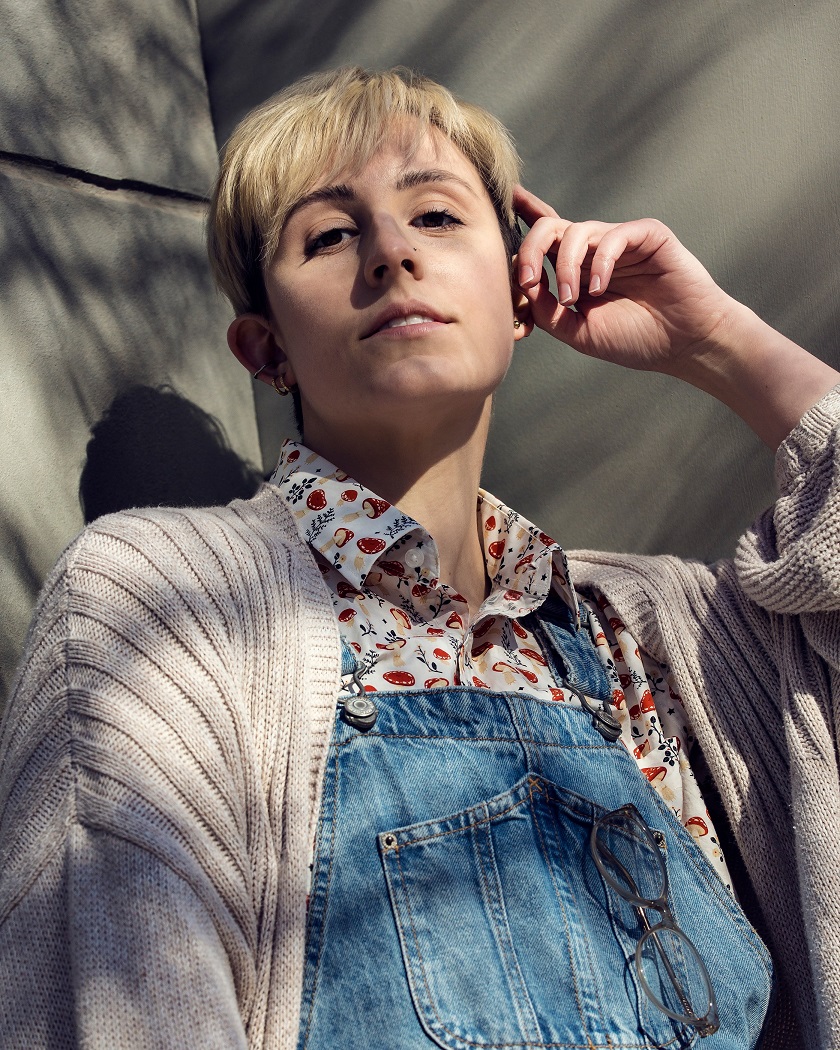
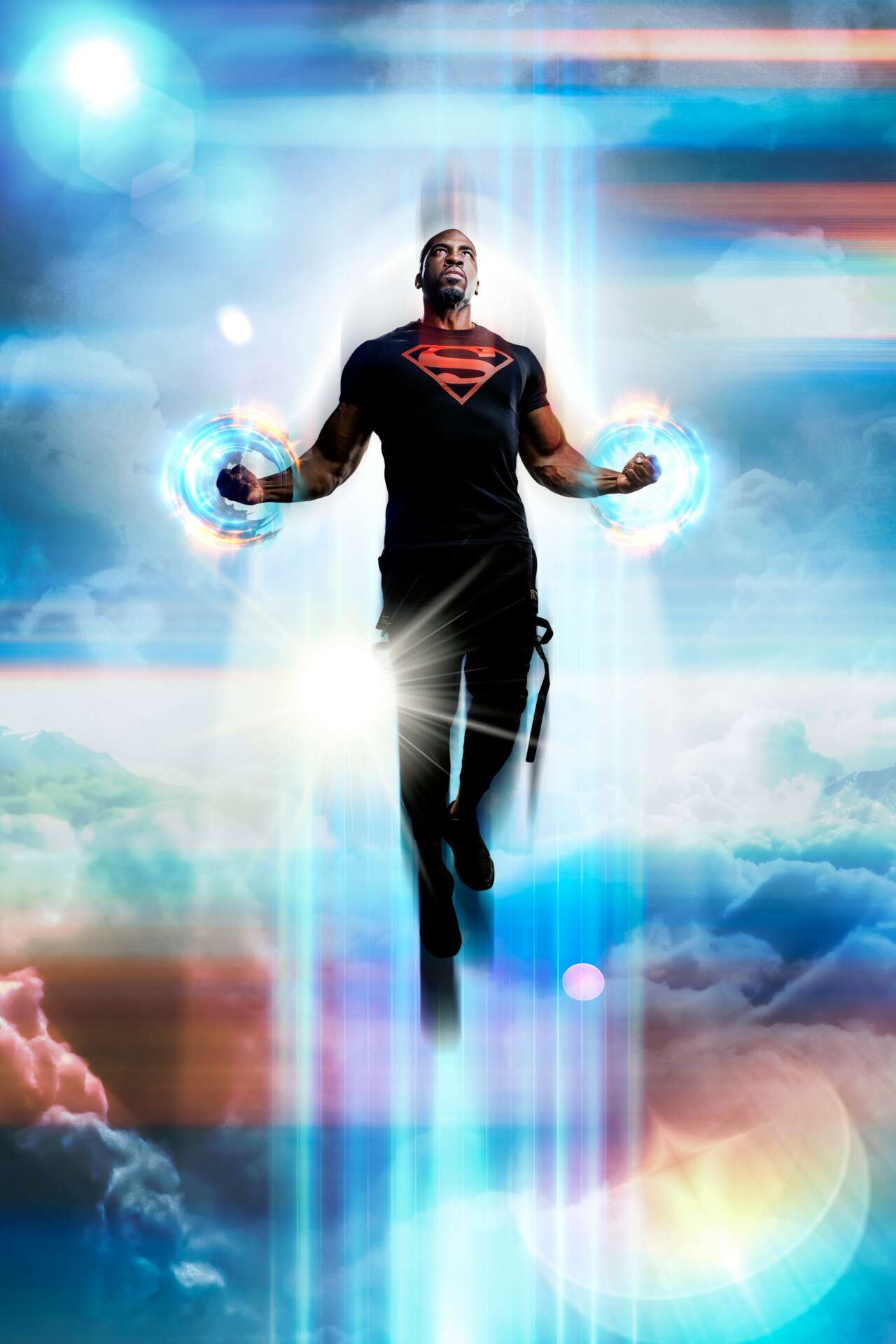
Can you share your view on NFTs? (Note: this is for education/entertainment purposes only, readers should not construe this as advice)
All things with value are attributed said value based on public perception. And there’s quite the rift between those that believe there is value in NFTs, and those who do not. There is also still a huge lack of education on what NFTs even are, regardless of their value.
I’m in the camp of people in the middle. I sort of get what it’s intending to do: to take back ownership. But, the value of a piece of artwork is not about who owns it. It’s about the way it makes someone feel.
So, until NFTs provide more than just an artistic notch on the bedpost, I believe that we haven’t truly seen what they’re capable of yet. Perhaps in the future, NFTs will provide value in other ways. To increase awareness of certain causes, for example. Or perhaps NFTs of the future will become more than just digital artworks, and the entire idea of an art piece will change. I just don’t know.
To me, photographer Jeremy Cowart is making the most innovative NFTs at this moment. He has created moving pictures (I guess they seem like animated GIFs). They are just still images, studio portraits. But, the light is what changes and moves. It’s quite creative. But, it’s creative on its own… not because it’s “an NFT”. It doesn’t need to be an NFT. The Ape drawings don’t need to be an NFT.
Until the works that are “NFTs” absolutely HAVE to be called NFTs, because there would be no other way to describe them, then the public will question what an NFT is even supposed to be, and thus the value of NFTs will stay as an inside joke amongst those who created them.
Contact Info:
- Website: www.jordanfraker.com
- Instagram: @FrakerPhoto
Image Credits
All Images Copyrighted by Jordan Fraker Inc © All rights reserved.


